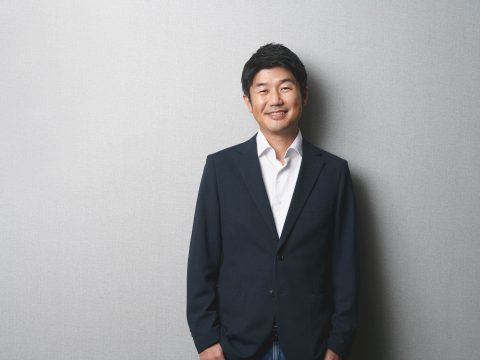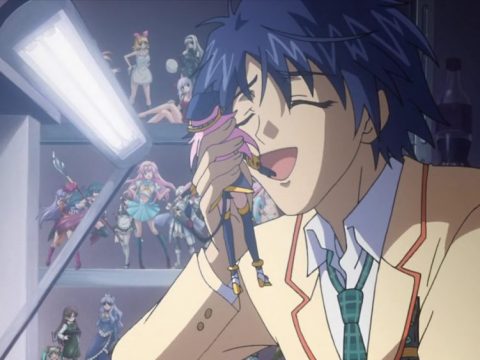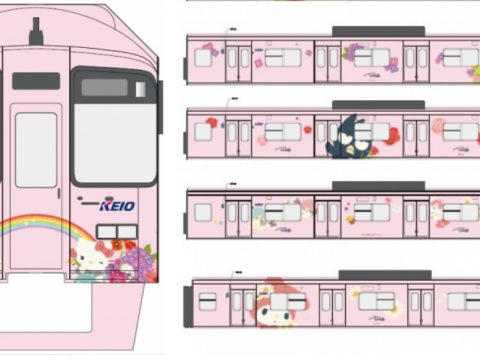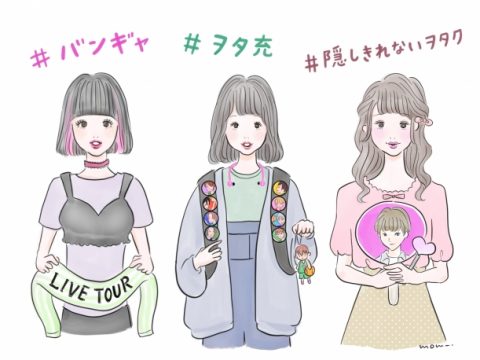Winter is a depressing time to be in Japan. Most of the trees are brown, leafless skeletons and the weather is bitterly cold. As someone from San Diego, home of the everlasting summer, this is double-plus ungood. For those living in Japan, the only thing that keeps us from jumping in front of the ever-so-punctual trains here is the promise of the winter and season of the sakura. Only then shall we be saved from the tyranny of snow, frigid winds and needing to wear four layers of clothes daily.
To be honest, the climate is still nippy and the flowers aren’t quite in bloom. That’s okay though, because the trees are just pink enough and the sky just sunny enough that the masses have deemed it kosher to engage in the time-honored tradition of hanami.
Literally translating to “Flower watching,” hanami, in practice, is little more than an excuse to go outside, set up a blue tarp and a have a scenic picnic with family and friends. Usually, it is a benign event with all the rigorous exertion of a fishing exercise.
Now, Yoyogi Park, a huge sprawling park located right next to Harajuku station, is always swarming with college kids, fashion victims and tourists in various combinations. Couple this with the pretense of gathering that hanami brings and the result is nothing less than pandemonium. At the entrance of the park, greeting the unsuspecting visitor on this day was a dance-off performed by some of Tokyo’s infamous greaser groups.
Yes, greasers. As in Happy Days in Harajuku. The dances are acrobatic and the fashion is pure American Graffiti, but they can be a vicious bunch. I recall a particular incident one previous summer when some old man was dancing along with them in jest. His smile didn’t last long as a pack of peeved beehive-doo-bearing greasers suddenly pushed him to the ground and proceeded to kick the stuffing out of him, the sounds of the ’50s blaring all the while.
Fortunately, there were no such altercations this time. Hanami is not a time for violence. Especially when gathering a bunch of college kids into a single small area, it’s all about celebrating our common love of alcohol. In the process of taking photos for this article, I was accosted several times by a few blokes, in varying levels of English fluency, to join them for a drink. Let the record show that, in the interest of keeping things in focus, most requests were politely refused. Most.
Along with the sharing of social substances, the whole scene reminded, as the title of this article might suggest, of what Woodstock must have been like. Hell, there were even a few bongo players drumming up a storm as guys and gals in hemp wear flailed around, beverages in hand. However, killing the sense of flashback was something decidedly more in tune with the times: A kigurumi.
For those who are blissfully unaware, these are the brave, perhaps deranged souls who take cosplay to the next level by using an anime character mask in addition to the outfit. Think Mickey Mouse at Disneyland with curves. Almost always male, it’s only natural to think that some things should just remain behind the TV screen as these grown men dress up and wave their hands in the most moe way possible. Then again, with a nearby circle of otaku chanting and prancing to the sounds of AKB48, it couldn’t have been any more appropriate.
As the day winds to a close, everyone packs up their tarps and kills the last of their booze before tossing the cans, it comes time to reflect. All too often, media on Japan is quick to point to the orderliness of society. “Robotic,” “Polite,” “Quiet,” and “Traditional” are just a few of the overused adjectives that come to mind.
So, what in heaven’s name are people with this reputation doing in the streets whilst getting drunk off their tookus in public like it’s spring break in San Felipe?
An astute observer I overheard probably put it best: “It’s like they’re getting high off the flowers.”
Fernando Ramos is a Japan correspondent for Otaku USA. A fan of all things Japan since fatefully renting Project A-Ko at the tender age of 12, he finally managed to pack his bags and move to the Saitama area in 2008, where he has been living ever since and not yet regretted it. He also is Editor-in-Chief of Anime3000.com and screenwriter for the tokusatsu webseries Battle Hero Absolute. His other photography can be seen at his flickr site.






![Doc Big in Japan Offers A Guide on How (or How Not) to Get Famous in Japan [Review] Doc Big in Japan Offers A Guide on How (or How Not) to Get Famous in Japan [Review]](https://otakuusamagazine.com/wp-content/uploads/2018/07/biginjapan01-480x360.jpg)
